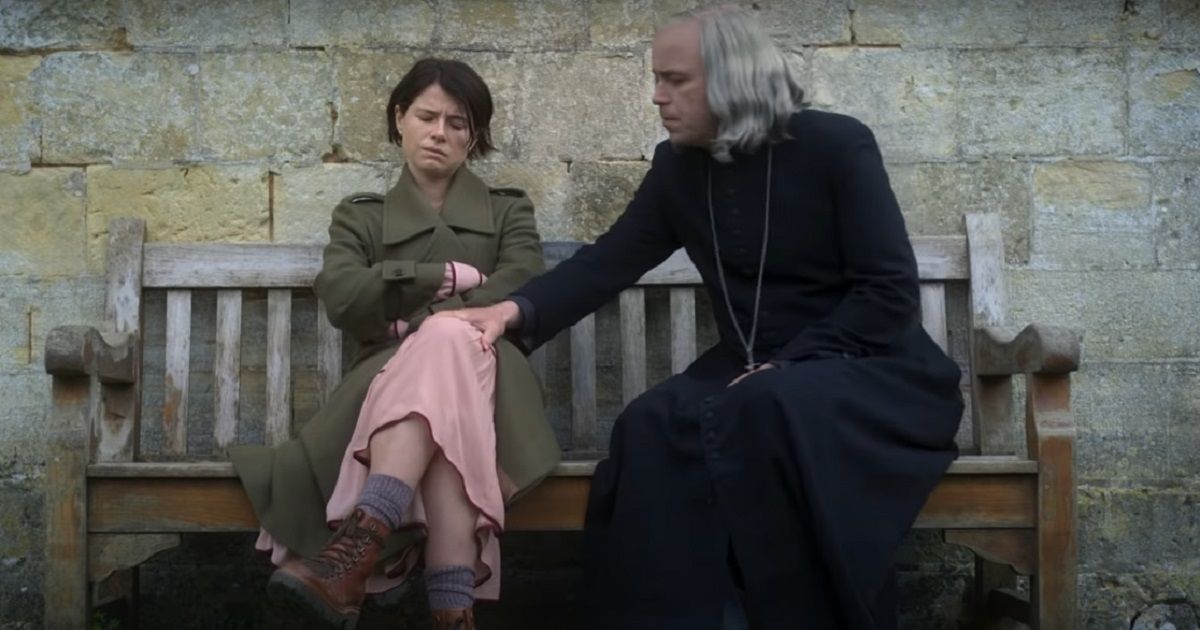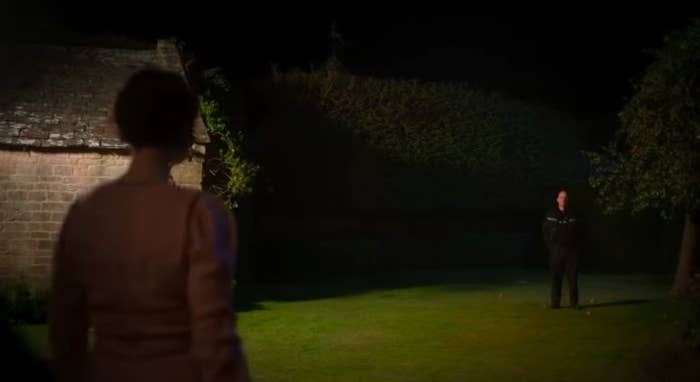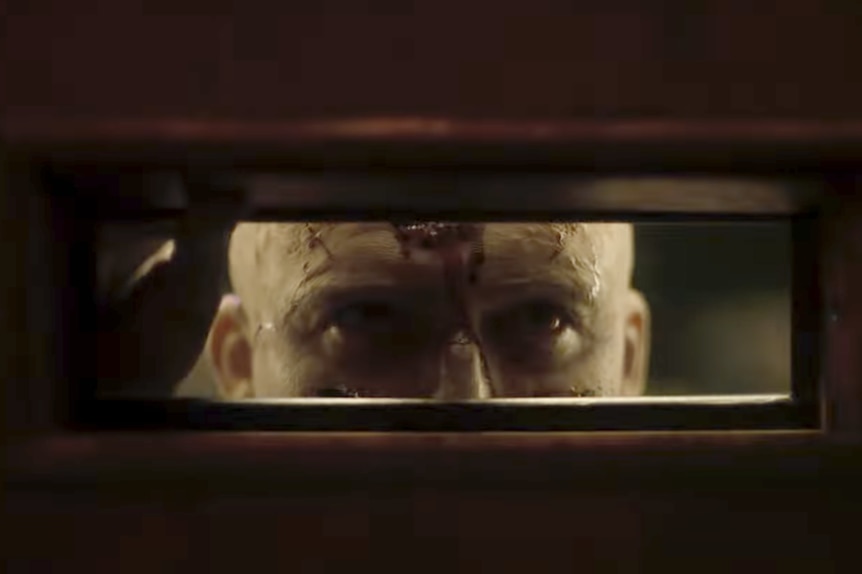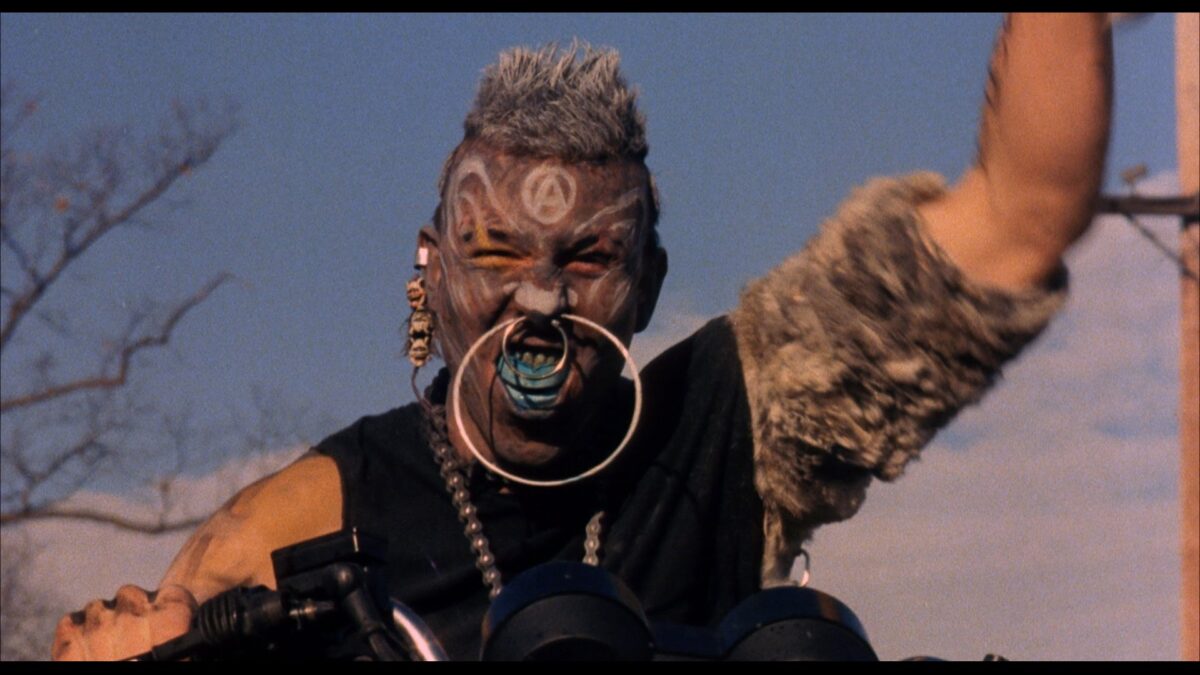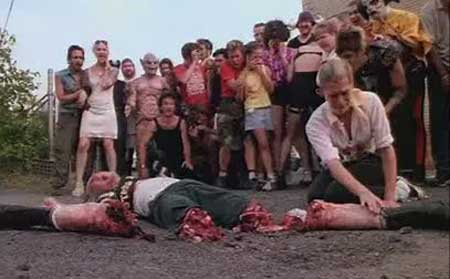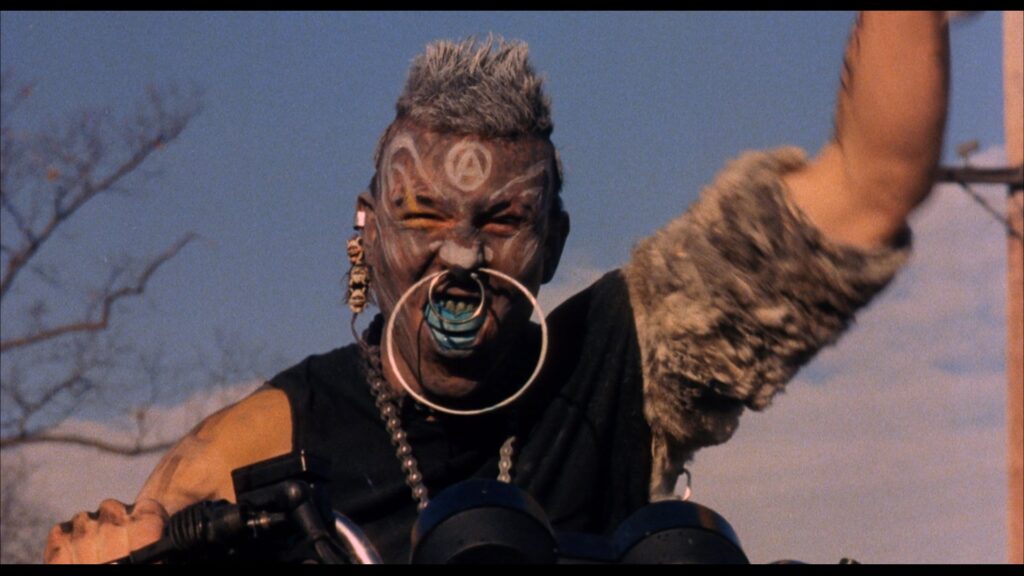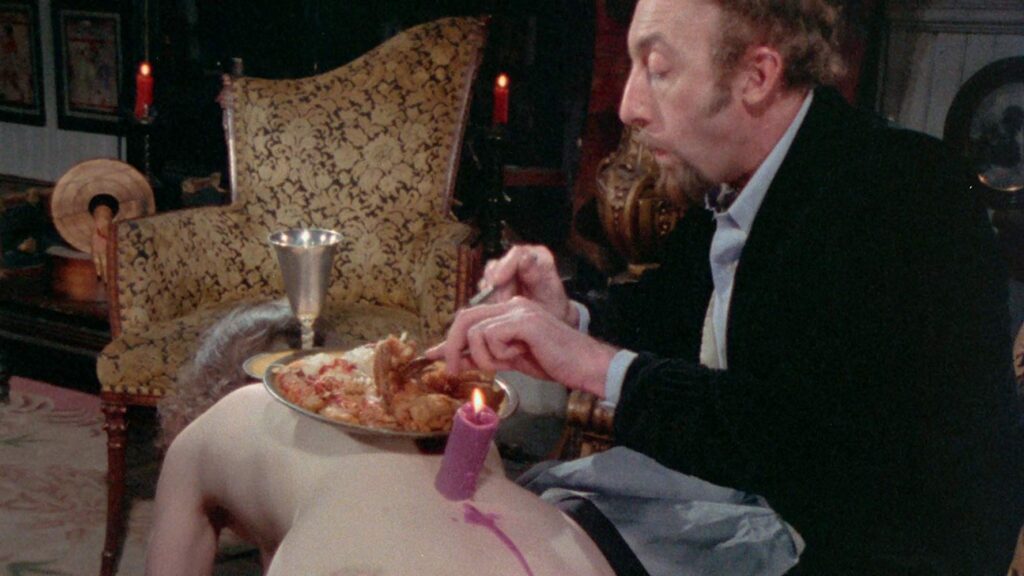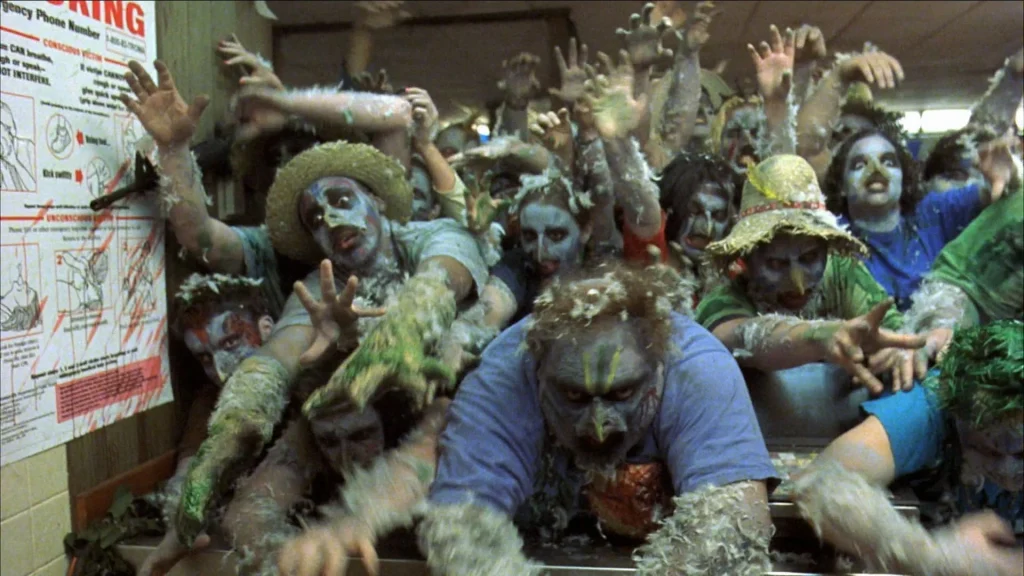Review – The Black Phone (2022)

Audiences have become rather accustomed to quick-buck, bright and bloody horrors that come about every couple of months from large studios, where nearly every moment of tension is ruined by a falsely acquainted jumpscare, and a lack of believable performances. Honestly, this is exactly how I believed The Black Phone would turn out. Never have I ever been more wrong!

The Black Phone follows Finney (Mason Thames), a middle schooler who along with his sister Gwen (Madeleine McGraw) have become a form of careers to their widowed alcoholic father, Terrence (Jeremy Davies), making sure that he doesn’t cause too much harm once he begins bingeing. Together they fight through the hardships, especially as Terrence has a penchant for berating Gwen over her psychic dreams. Amidst their other daily struggles of school bullies and playground antics Finney is captured by The Grabber (Ethan Hawke), a local masked kidnapper. All alone with no help in sight, it seems that Finney is destined for death, however, a mysterious black phone and Gwen’s visions may hold the key to his survival.

Adapted from Joe Hill’s (son of genre proficianado Stephen King) short story of the same (2004) is Scott Derrickson’s latest feature that calls back to one of his previous horror’s Sinister (2012), in being a shockingly gut wrenching delight that will have you peeking through the gaps of your fingers as you sit on the edge of your seat. The boxes are ticked in all categories, whether it’s the creepy performance from Hawke playing the bloodthirsty local kid-snatcher, or the illustrious whodunit mystery that goes on in the background as the cops race against time to get to the bottom of the killings before it’s too late.

As with most classic auteurs in the making, Derrickson uses his common collaborators Hawke and writer C. Robert Cargill to plunge The Black Phone into a refreshing territory that holds up for the entire film. The film transports us back in time to Colorado circa 1978, where kids would play out on the streets unequipped with no phones in sight, feeling safe amidst the presence of strangers, however, it is this exact uniformed trust that The Black Phone uses as a backbone for terror to ensue, constatnly toying with our knowledge that times are no longer as simple and Finney should definitely not be walking home alone with an unknown boogeyman lurking about. And although we sit waiting for the ‘big surprise’ of The Grabber’s appearance, what we are not prepared for is how petrifyingly wicked the prowler truly is.

Hawke’s career spans across a plethora of films including Dead Poets Society (1989), Reality Bites (1994), and Boyhood (2014); Whilst these works portray his outstanding capabilities, his recital of a maniacal deranged serial killer in The Black Phone is a career-distinguishing extravaganza, exhibiting Hawke’s duality of being a deeply disturbed individual whose depravity also oozes a sense of childlike giddiness. Convoluting the story even further is the dark land that the film doesn’t neescarly assert, but is suggested throughout. Finney’s ghostly conversations with his captive chums allude to The Grabber’s motives as somewhat being connected to a regressive state of adolescence, where he doesn’t see himself as a grown man abducting little boys, but instead a fellow child. Here, Derrickson very much leaves further analogy and the dissection of what The Grabber is ‘capable’ of doing to the viewer’s imagination. Hawke’s performance is more than commendable, but it’s important not to forget all of the other characters that make the film what it is. Spiritually joining Finney in the basement is the titular gang of fellow victims who include a small town bully, a local baseball player, and most importantly Finney’s own friend Robin (Miguel Cazarez Mora), who over the course of the film becomes Finney’s ghostly sidekick, keeping him motivated to escape the cell and tackle his inner fears.

The surveyance of suggestion is another feature that is pushed constantly throughout the film. Gory imagery does not always equate to an overused gimmick to get a visceral reaction, instead it can be used as a rather quintessential and necessary plot device for cinema, especially in the works of zombie features or body-horrors. The Black Phone delicately works with heavy material without becoming too infatuated with the sensory elements. Yes, you will feel a shiver as you come to terms with how The Grabber has anihilated his victims, but the reaction isn’t thanks to a harsh show-and-tell, instead, Derrickson takes his time in unravelling the backstory and fleshing out the grounds to conjure a narrative that employs your own imagination, forcing the misdeeds to stay in your own psyche for long after watching. Through The Black Phone continuously telling not showing, we mould the story around our own fears and worries, making the film memorable and beyond personable.

In keeping in touch with Derrickson’s pathos of personalness is the setting and time that the film uses to force a further level of despair into Finney’s chances of escaping. During the 1970s and early 1980s there was an influx in abductions, raising the now too familiar saying of ‘Stranger Danger’ into public domain. During this time, milk cartons were plastered with missing posters, meaning that the threat and knowledge of alarming events were in the family home, not just a distanced and avoidable event on the news.
As with any major event, cinema took ahold of these panics and manifested the terror into works of media, with recent entries including Prisoners (2013), The Captive (2014), and I See You (2019). Films akin to these mystery dramas with heavy doses of horror have had a slight rehaul over the years, with studios opting to position the ‘missing kids’ narrative during one of the more notable heights of worry– during the 1970s/1980s. Rather than Derrickson using nostalgia and retro framings as an easy trick to hone in on the trend, the vintage aesthetic is used appropriately and to the film’s utmost advantage. In honour of the throwback vibes Finney becomes entirely hopeless, with zero social media to track his location, nor any savvy list to keep track of neighbourhood creeps.

Everything, whether it’s the dim layer where Finney is held, the retro style complete with grainy intercuts of 8mm footage enlightening viewers of Gwen’s visions, or even the foreboding score that knows exactly when to quieten before erupting into a thunderous peak- The Black Phone has it all, making it not only one of 2022’s most standout films so far, but also a strong contender for being one of Blumhouse Productions best releases yet.
Looking for more top horror lists and reviews? Check out our blog here..





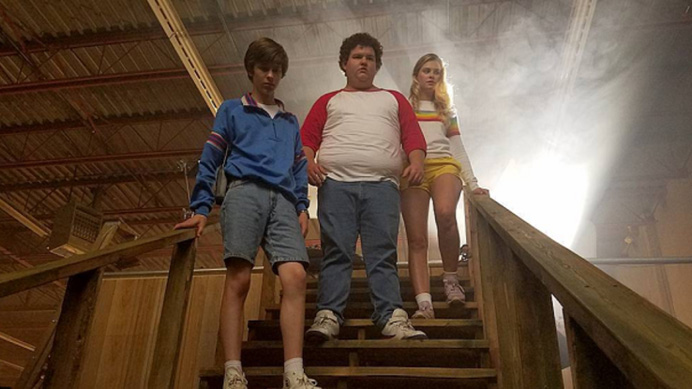
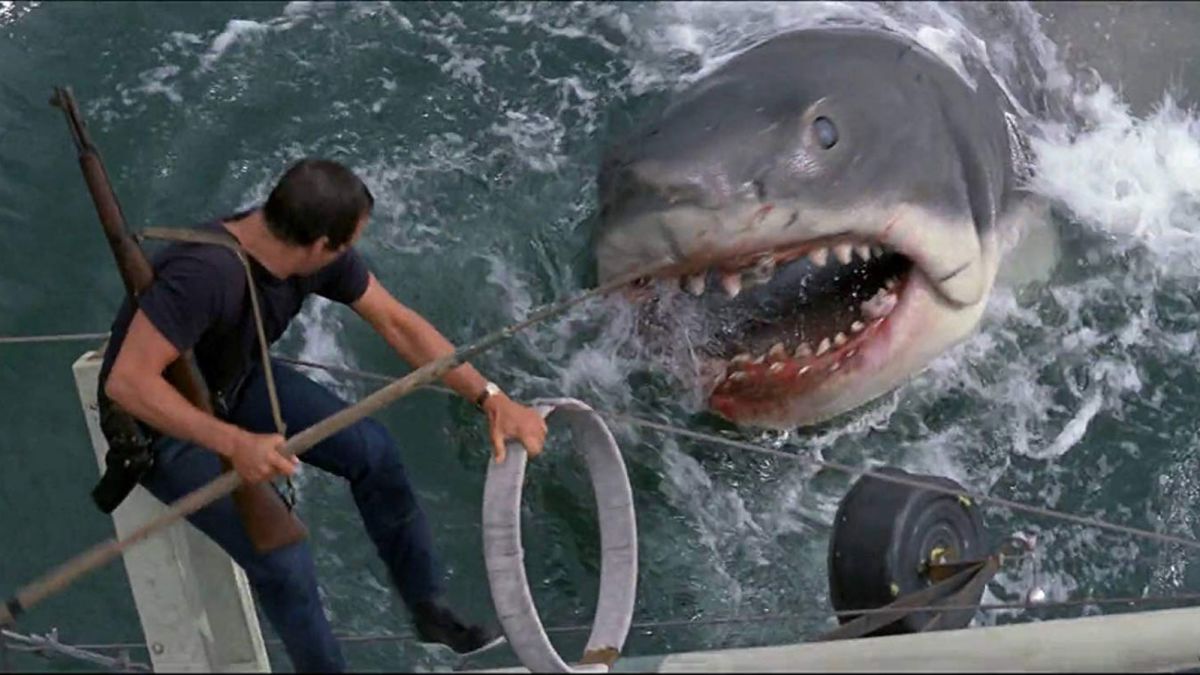




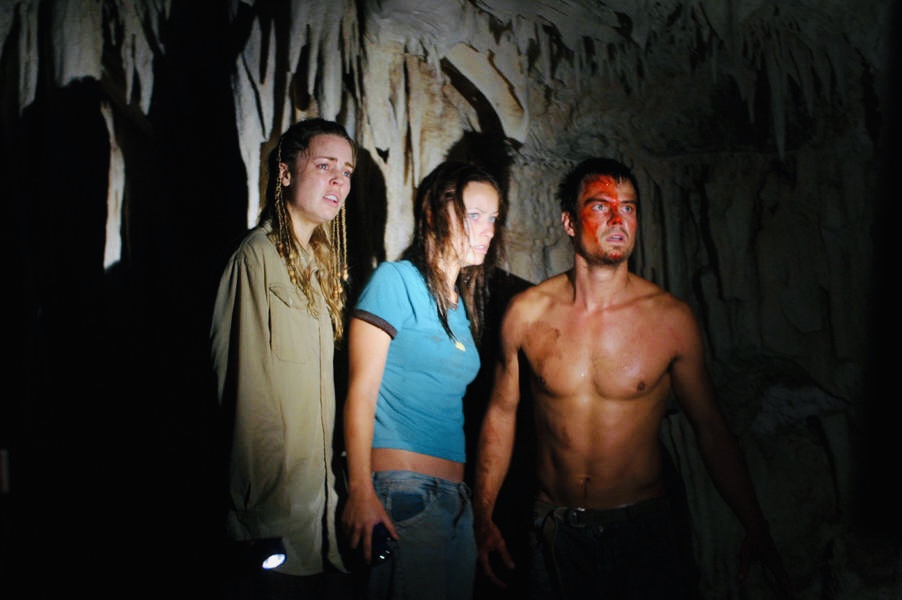

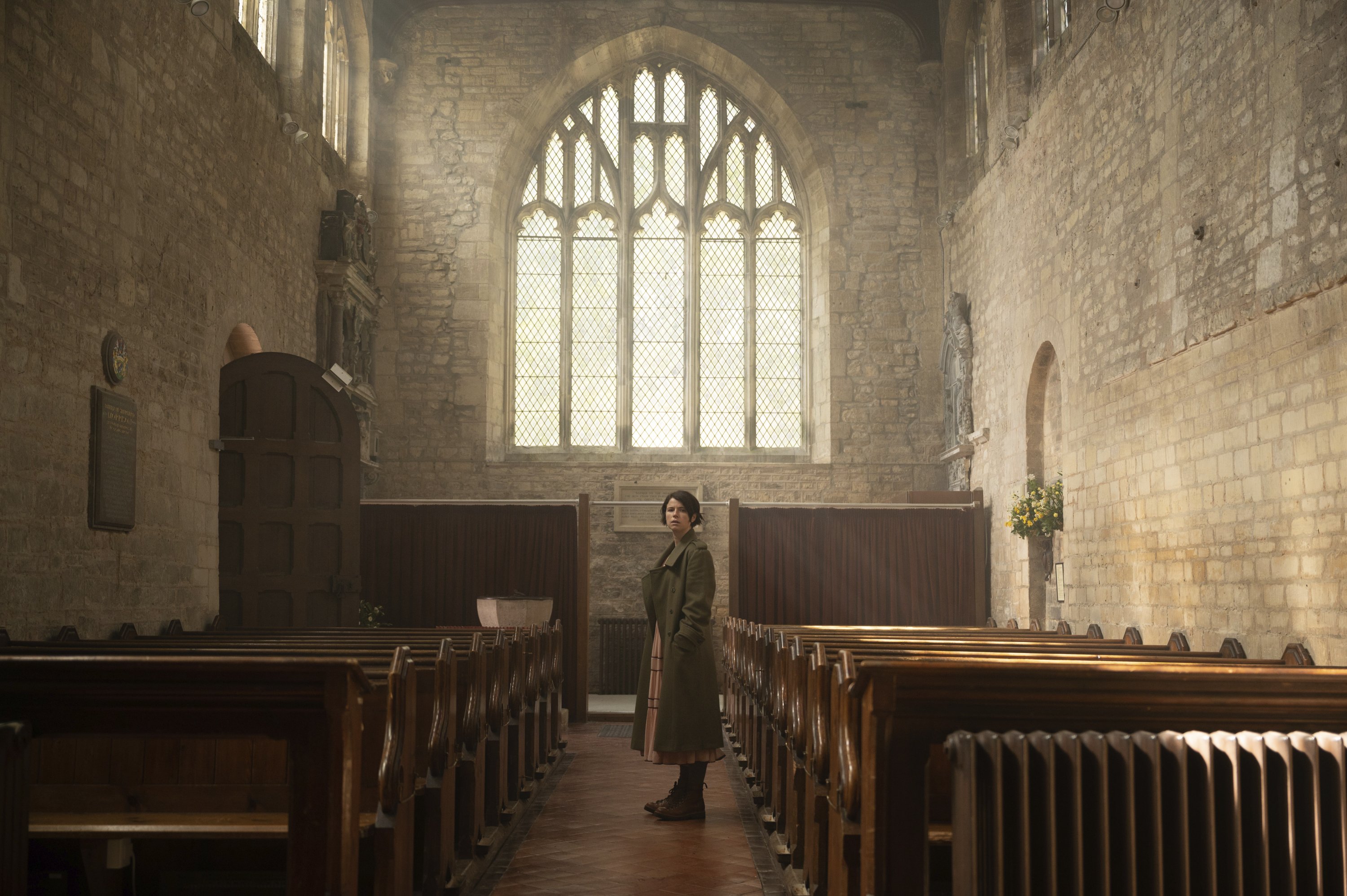
/cdn.vox-cdn.com/uploads/chorus_asset/file/23447715/Men_Leafhead.jpg)



